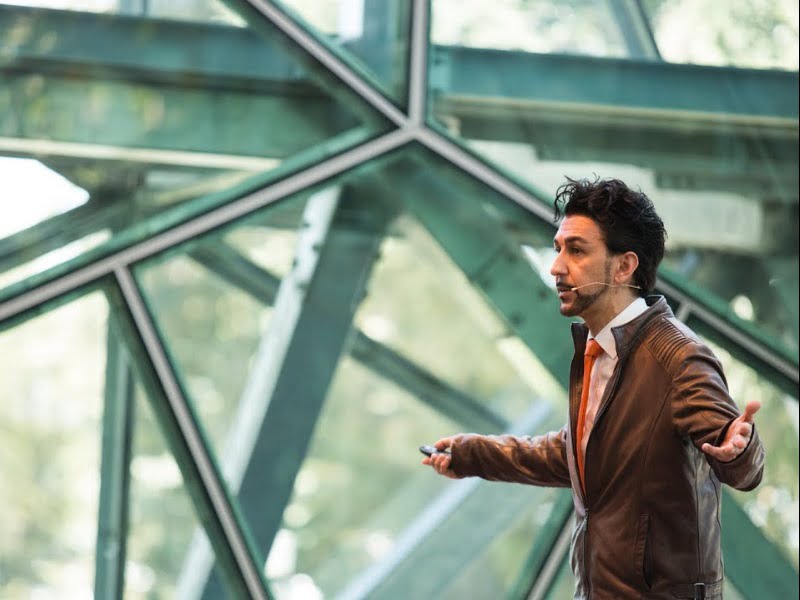Hyperloop Transportation Technologies (HTT) has requested support from the federal government, with hopes it will open the door to introduce Hyperloop transportation trials to Australia.
The company has sought the support of a parliamentary committee for government to reallocate some of the funding that are currently targeted at high speed rail-related projects and put them into feasibility studies and Hyperloop innovation hubs.
In a surprise visit to Australia last week, HTT co-founder and chairman Bibop Gresta appeared before the House Standing Committee on Infrastructure, Transport and Cities on Thursday as part of an inquiry into automated mass transit pitching how Hyperloop has the potential to change future of mass transport.

Mr Gresta said the feasibility studies that HyperloopTT want to do would investigate Australian regional corridors to compare the ultra-high-speed hyperloop technology against the conventional high speed rail currently under evaluation.
“Feasibility studies will be the first interesting piece of the equation. It will give real numbers of where to build it and when we decide the best road, we can think about raising money to build a pilot,” he said.
Mr Gresta added HyperloopTT was also considering establishing a local innovation hub that would serve as a home for the company’s R&D, and an opportunity to tap into local engineering talent – similar to what they’ve done in other parts of the world.
“Our strategy is worldwide and to develop skills locally, depending on where we are making our technologies,” Mr Gresta told InnovationAus.com.
“In Tolouse, we’re benefiting from the human resources that are available from Airbus. In Brazil we’re taking advantage of skills in developing new infrastructure.
In Germany, we’re doing the same with the port of Hamburg. So the concept building new innovations centres will give us an advantage of access local skills.
“There are many engineering skills in this region that want to take advantage of, and the ecosystem that has been created here.”
In HyperloopTT’s submission to the committee inquiry the company said hyperloop technology is estimated to be as much as 40 per cent cheaper than high speed rail, requires less land, uses less energy, and can move people and freight to destinations significantly faster.
The company’s local lead, Wesley Heron, said that while major cities was important, helping people living in regional areas is where there were real opportunities.
“We’ve been speaking to state governments around the country and to the federal government, and apart from the obvious Sydney to Melbourne, Sydney to Brisbane, Sydney to Canberra corridors, the regional corridors are important. High speed rail doesn’t promise this,” he said.
“They’re the things we want to talk to state governments about. The technology is here. It’s nothing on the horizon and it’s time for Australia to take that leap. It’s not a leap of faith…it’s here and being risk managed. It’s time for us to give ourselves the best opportunities and at least have a look at it from the traditional solutions.”
HyperloopTT is currently building out its first operational Hyperloop in Abu Dhabi, which will launch next year. There are also commercial agreements in place in China and feasibility studies underway in the US, Europe, and Asia. The company’s 320m track in Toulouse, France is nearing completion.
“We have another 12 contracts in different stages of implementation, signed with other sovereign nations. We did it all thanks to the 40-plus world class partners that are contributing to the projects, such as NASA, Lawrence Livermore Lab, Harvard, and Cambridge,” Mr Gresta said.
Do you know more? Contact James Riley via Email.

